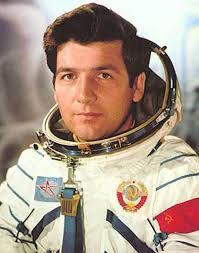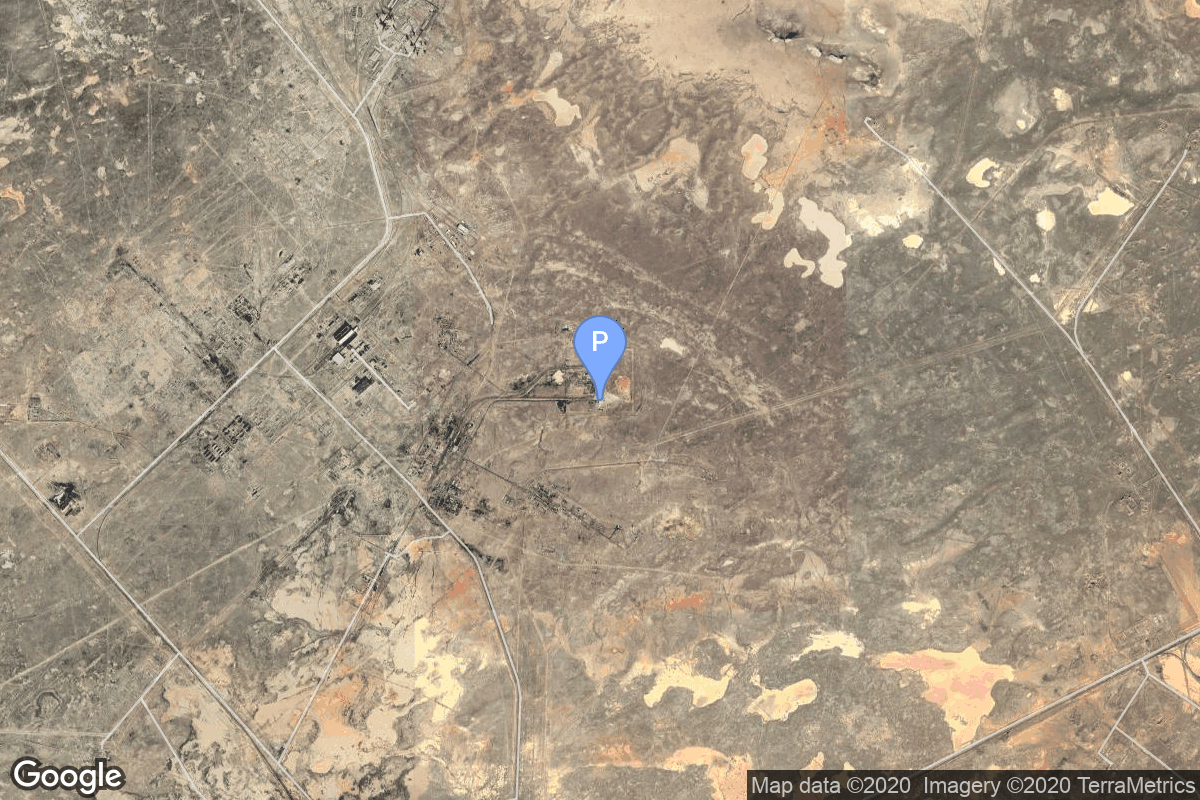Soyuz 30
Soyuz-U
Soviet Space Program
Crew

Pyotr Klimuk
- Birthday: 07/10/1942
- Role: Commander
- Nationality: Belarusian
- First Flight: 12/18/1973
- Last Flight: 06/27/1978
Pyotr Ilyich Klimuk (Belarusian: Пётр Ільіч Кліму́к; Russian: Пётр Ильич Климу́к; born 10 July 1942) is a former Soviet cosmonaut and the first Belarusian to perform space travel. Klimuk made three flights into space.
Klimuk attended the Leninski Komsomol Chernigov High Aviation School and entered the Soviet Air Force in 1964. The following year, he was selected to join the space programme.
His first flight was a long test flight on Soyuz 13 in 1973. This was followed by a mission to the Salyut 4 space station on Soyuz 18 in 1975.
From 1976 he became involved in the Intercosmos and made his third and final spaceflight on an Intercosmos flight with Polish cosmonaut Mirosław Hermaszewski on Soyuz 30.

Mirosław Hermaszewski
- Birthday: 09/15/1941
- Role: Research Cosmonaut
- Nationality: Polish
- First Flight: 06/27/1978
- Last Flight: 06/27/1978
Mirosław Hermaszewski is a retired Polish Air Force officer and cosmonaut. He became the first (and to this day remains the only) Polish national in space, when he flew aboard the Soviet Soyuz 30 spacecraft in 1978.
Mission
Soyuz 30
- Type: Human Exploration
- Orbit: Low Earth Orbit
Soyuz 30 was the fifth mission to visit the Salyut 6 space station and carried the the EP-3 crew, which visited the long-duration Soyuz 29 resident crew. The mission began on June 27, 1978, 15:27:21 UTC, launching Commander Pyotr Klimuk and Research Engineer Mirosław Hermaszewski, the first Polish cosmonaut, into orbit. They docked with the station the next day. During their 7-day stay on the station, crew conducted various scientific and medical experiments.
The mission concluded with a safe landing back on Earth on July 5, 1978, 13:30:20 UTC.
Location
Rocket
Agency
Soviet Space Program
The Soviet space program, was the national space program of the Union of Soviet Socialist Republics (USSR) actived from 1930s until disintegration of the Soviet Union in 1991.
The Soviet Union’s space program was mainly based on the cosmonautic exploration of space and the development of the expandable launch vehicles, which had been split between many design bureaus competing against each other. Over its 60-years of history, the Russian program was responsible for a number of pioneering feats and accomplishments in the human space flight, including the first intercontinental ballistic missile (R-7), first satellite (Sputnik 1), first animal in Earth orbit (the dog Laika on Sputnik 2), first human in space and Earth orbit (cosmonaut Yuri Gagarin on Vostok 1), first woman in space and Earth orbit (cosmonaut Valentina Tereshkova on Vostok 6), first spacewalk (cosmonaut Alexei Leonov on Voskhod 2), first Moon impact (Luna 2), first image of the far side of the Moon (Luna 3) and unmanned lunar soft landing (Luna 9), first space rover (Lunokhod 1), first sample of lunar soil automatically extracted and brought to Earth (Luna 16), and first space station (Salyut 1). Further notable records included the first interplanetary probes: Venera 1 and Mars 1 to fly by Venus and Mars, respectively, Venera 3 and Mars 2 to impact the respective planet surface, and Venera 7 and Mars 3 to make soft landings on these planets.


